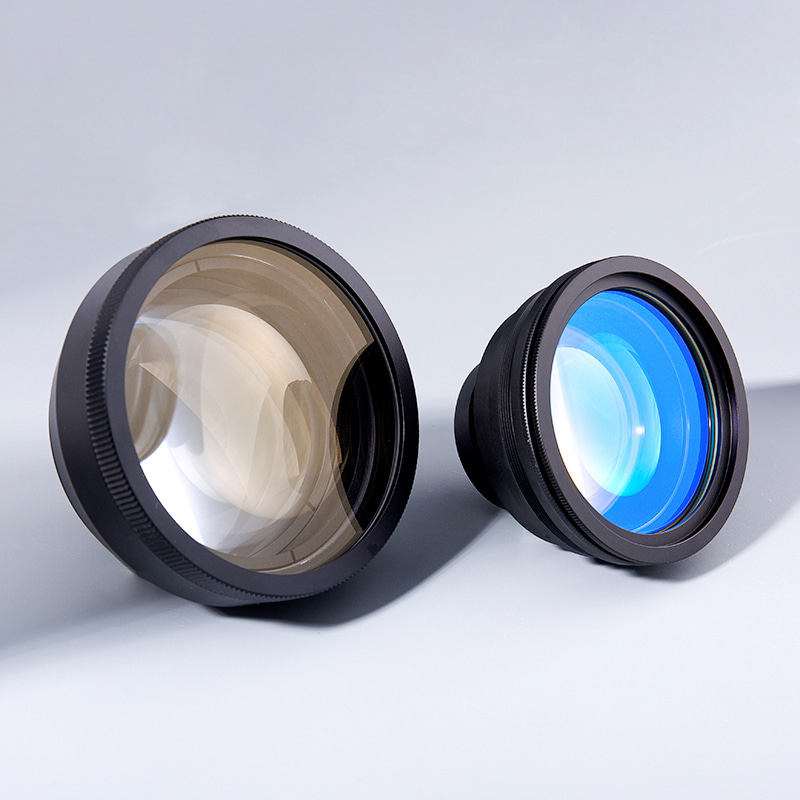In the world of high-precision technology, where margins are measured in microns and outcomes hinge on light itself, the optical laser lens reigns supreme. As the silent enabler behind laser-guided innovation, this unassuming yet critical component is rewriting the limits of accuracy, efficiency, and optical finesse across industries.
What Is an Optical Laser Lens?
At its core, an optical laser lens is a meticulously engineered piece of transparent material—typically glass or specialized plastic—that focuses, redirects, or shapes a laser beam to suit a specific application. Far more than a simple magnifying element, it is a vital mechanism for controlling beam propagation, convergence, divergence, and uniformity.
From medical lasers incising with surgical elegance to industrial machines etching micro-details into hardened steel, these lenses translate raw laser energy into precision results. Without them, the laser is little more than a wild force of energy—potent, but unrefined.
Engineered for Performance
Not all lenses are created equal. Optical laser lenses are designed to endure high-intensity beams without distortion, deformation, or thermal breakdown. Materials like fused silica, BK7 borosilicate, and ZnSe (zinc selenide) are favored for their superior thermal resistance, low dispersion, and high transmittance rates.
What distinguishes a laser lens from its conventional optical cousins is the demand for exceptional surface quality. Any aberration—no matter how minor—can scatter light, weaken beam intensity, or cause unwanted diffraction. That’s why laser lenses are often polished to atomic smoothness, with surface irregularities measured in fractions of a wavelength.
Anti-reflective coatings, customized curvature profiles, and wavelength-specific designs further enhance performance. Whether for CO₂ lasers at 10.6 µm or ultrafast femtosecond systems in the near-infrared range, every lens is tailored to the unique character of the beam it’s meant to command.
Applications That Define Industries
The versatility of optical laser lenses is nothing short of remarkable. In manufacturing, they are indispensable to processes such as laser cutting, engraving, welding, and additive manufacturing. Their precision allows for tighter tolerances, faster cycles, and less post-processing—directly translating into higher productivity.
In healthcare, laser lenses play a pivotal role in ophthalmic procedures, dermatological treatments, and photodynamic therapy. The ability to manipulate laser beams with sub-millimeter control is a cornerstone of modern minimally invasive techniques.

Scientific research, too, benefits enormously. From quantum optics experiments to particle trapping and spectroscopic analysis, the exacting control provided by these lenses enables breakthroughs at the smallest scales.
Even in consumer electronics, laser lenses quietly serve—from barcode scanners to optical drives, enabling seamless interaction between light and data.
The Edge of Tomorrow
As laser systems evolve—becoming more compact, more powerful, and more tunable—so too must the lenses that guide them. Adaptive optics, diffractive lens technology, and aspheric designs are opening up new dimensions in beam shaping and focusing.
Moreover, the integration of AI and automation in lens alignment and calibration is pushing precision to unprecedented levels. These advancements are not just enhancing today’s capabilities—they’re sculpting the frontier of what's possible.
The optical laser lens may not often steal the spotlight, but without it, the brilliance of the laser would remain untamed. It is the sculptor of light, the translator of energy into precision, and the quiet architect behind technological marvels. In every pulse of laser-guided innovation, there lies a lens—flawless, focused, and formidable.

 English
English 日本語
日本語 русский
русский Español
Español Deutsch
Deutsch 中文简体
中文简体










 苏公网安备32041102000130号
苏公网安备32041102000130号